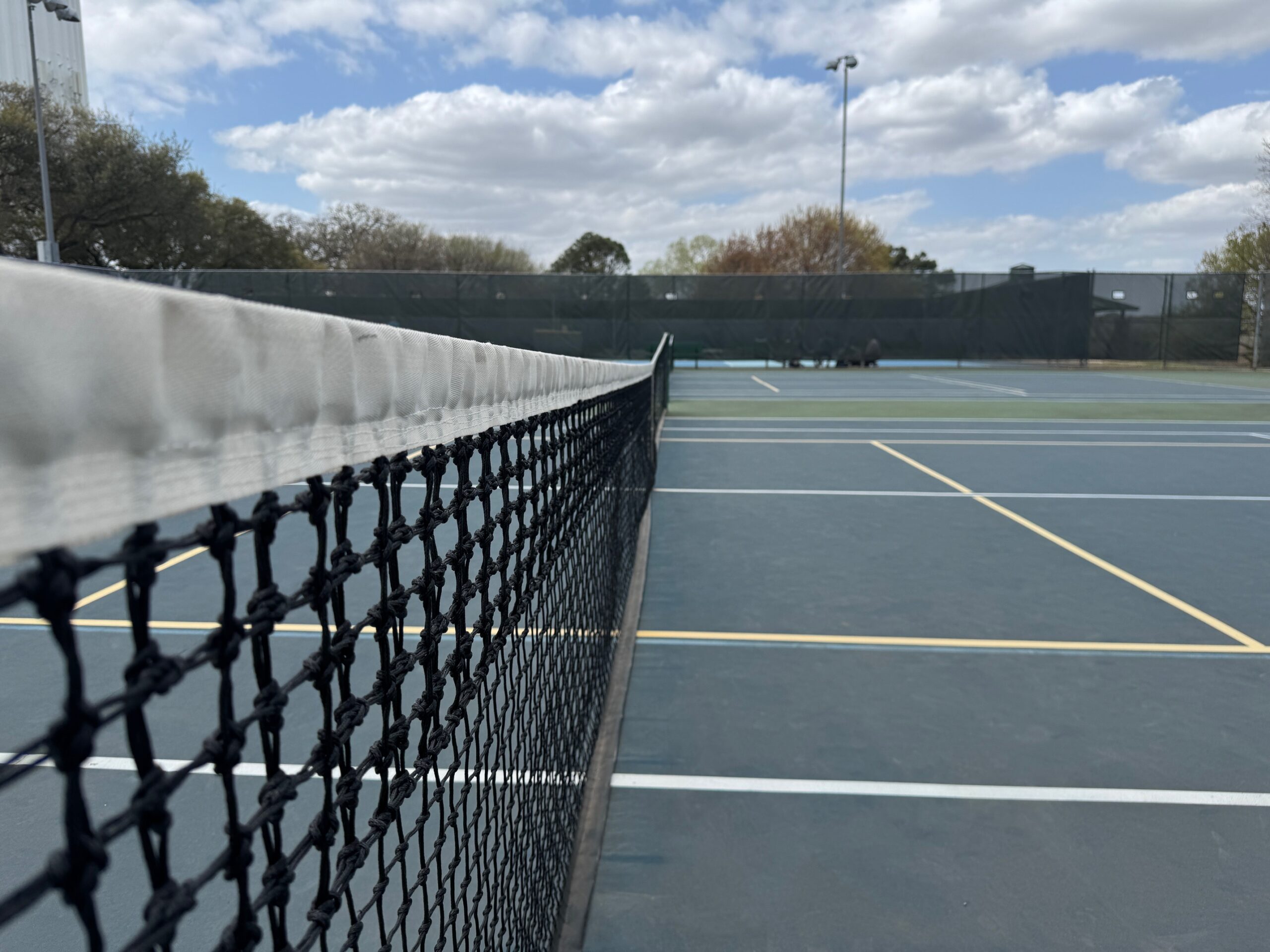Tennis Hits the Books
Our third book installment during Women’s History Month is another professional tennis “Year in the Life” account. Grace Lichtenstein’s offering, A Long Way, Baby: Behind the Scenes in Women’s Pro Tennis, focuses on 1973. It had been a scant three years since the “Original Nine” signed the $1 professional contracts which spawned the tour sponsored by Virginia Slims. Women’s professional tennis was in its formative stages. It was also the year that Billy Jean King and Bobby Riggs played their landmark “Battle of the Sexes” exhibition match in the Astrodome.
There were actually two rival women’s professional tours in 1973. In response to the Virginia Slims rebellion, the USLTA had hastily founded an alternate tour, and Chris Evert and Evonne Goolagong were the rising star headliners. The Virginia Slims tour had the majority of the established stars of the game, more prize money, and more events. In contrast, outside of Evert and Goolagong, the USLTA professional circuit had significantly less talent. It also offered fewer events, and less money. This acrimonious environment featured the USLTA threatening suspensions and sanctions on one side, and the Slims tour countering with anti-trust lawsuits on the other. Fun times.
Lichtenstein was an established writer for the New York Times when A Long Way Baby was written. While she was a self-professed sports junkie and had followed women’s tennis since 1968, by her own admission she was not a sports reporter. Her self-awareness of that fact allowed her to make incredibly astute observations of how journalists had no idea how to cover women’s professional sports. Reporters routinely asked men and women tennis athletes very different questions in post match interviews. Men were typically asked about tactics, strategy, and key turning points during their matches. On the other hand, the women were routinely asked where they went shopping and when they were going to settle down and have children.
Margaret Court was one of the players competing on the Slims tour in 1973. In fact she won the Australian Open, French Open, and US Open that year which brought her Grand Slam singles total up to 24. In addition to the stardom achieved by her dominant play, she was accompanied on the tour by her husband and child. Court’s legacy in the game has become very complicated, which makes her persona at the time even more interesting. Lichtenstein grew to respect Court’s tennis play and her accomplishments over the course of the year, but she was not a fan.
I was astonished to learn of Court’s affinity for Lager as well as the fact that beer was a regular fixture in the Slims players lounge. The players and frequently had a beer between matches. Following a tough three set win over Rosie Casals, Court was asked by another player if she had a beer yet as she was heading back out to the her doubles match. The answer was… yes, and she took another swig as she headed out to the court. I’m not sure why I was surprised. Court was Australian, after all.
Billie Jean King is featured prominently throughout the book. Her presence the early days of the tour is an indelible part of tennis history. In many ways, Billie Jean King catalyst essential to both the foundation and growth of women’s professional tennis. During one of her interviews, she launches into her thoughts on pressure. I kept expecting to turn the page to find her signature “Pressure is a Privilege” quote, but apparently that evolution was still to come. It was extremely good to have a glimpse of the formative stages of Billie Jean King’s philosophy on pressure.
In 1973, Marilyn Barnett was a fixture in what we would now term Billie Jean King’s “team.” King wasn’t officially outed as a lesbian until 1981 sparked by Barnett’s palimony suit. When Barnett appeared as a recurring character early in the book, I couldn’t help but to wonder how much awareness Lichtenstein was gleaning about the the extent of their relationship. Later on in the book, it became pretty apparent to me that she absolutely knew. Somehow, that revelation eluded public notice when the book was originally published. I want to cite this an example of some pretty deft writing by Lichtenstein. On the other hand, it could also be evidence that no one really reads tennis books.
Lichtenstein confesses that she was initially drawn toward women’s professional tennis as a topic as it related to the overall women’s movement in the early 70s. Her perspectives on the broader societal influences and impacts beyond the court make this book iconically great. A Long Way Baby is a fascinating read and an absolute page turner. It you are only ever going to read one book on the Women’s Professional Tennis Tour, this is the one I would recommend.
Fiend At Court participates in the amazon associates program and receives a paid commission on any purchases made via the links in this article. Additional details on the disposition of proceeds from this source are available in the “About Fiend at Court” page.




